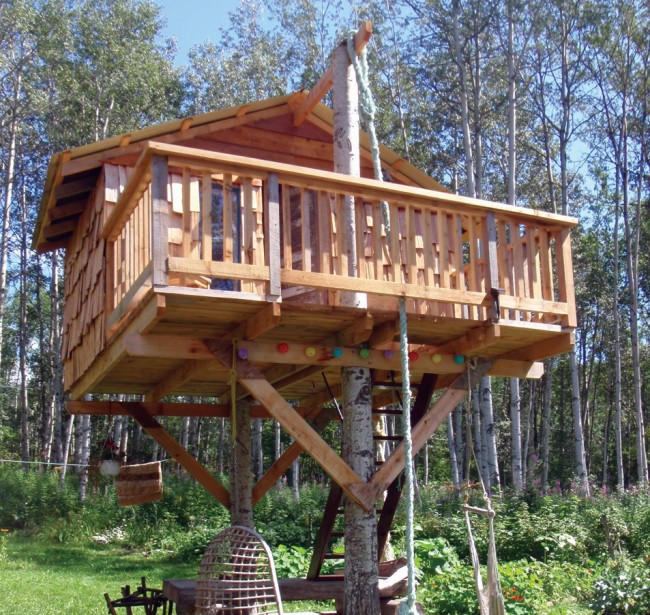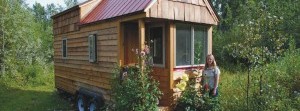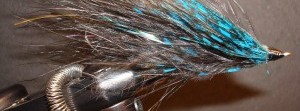
Sauna: A primer for the uninitiated
A hot sauna is the perfect place to recover from a hard day of physical labour, a stressful day at work, or to relax with friends and enjoy good conversation. Northerners crave heat during the long, cold winter, and having a sauna is an inexpensive alternative to hopping on a plane to a tropical isle.
Most North American saunas are based on the Finnish sauna: a small building heated with a wood or electric stove and hot rocks. Water is poured over the rocks every so often to create steam, but the humidity is generally low. Traditionally, the temperature in the sauna is between 80 and 100°C.
Christoph Dietzfelbinger, mountain guide and long-time sauna enthusiast, says, “It has to be hot—about 100°C—to get a very good sweat going. Stay in the heat for 10-15 minutes, then rinse or dunk with cold water to carry the heat away, and rest for about 20 minutes.” He stresses that the rest period is very important and allows the body to recover after the intensity of the heat. “When I am working hard, I use the sauna every day. After physical activity the sauna helps muscles recover and lets the body relax.”
The first round in the sauna should be a warm-up round to allow the body to adjust and help the mind slow down. After a cold rinse (or a roll in the snow or dip in a lake) and a rest, the second round can include adding water to the rocks to create steam. The steam increases the sensation of heat and helps open the pores of the skin. During the steam rounds in Finland, it is common to lightly slap the skin with a birch whisk, or vihta, to increase circulation and stimulate the pores.
One or two rounds with steam is usually enough. The last round should be slightly cooler, with some time spent relaxing in a room-temperature environment. A maximum of five or six rounds is recommended. Alcohol and big meals should be avoided beforehand or you might feel sick or lightheaded. Drink water during and afterwards to rehydrate. You may also crave a salty snack or meal, depending on the time of day.
Health Benefits If sauna, liquor, or tar do not help, the disease is fatal – Finnish proverb
Sauna has been used for hundreds of years to both assist in healing and promote good health. Somatic practitioner and physiotherapist Servaas Mes lists his top 10 health benefits of a sauna:
Relaxation: reduction of stress and stress hormones.
Social interaction and building community: social connections and friendships are key to good health!
Strengthens immune system: the immune system is strengthened with an incline and decline of core temperature. Saunas help train the body in temperature regulation.
Letting go: a place to let go of anger and negative emotions; for forgiveness and moving forward.
Detoxifying: sweating rids the body of toxins.
Break from distractions and technology: after a busy week or stressful event, sauna calms one’s nervous system and helps return equilibrium to body and spirit.
Clears your thinking: Struggling with a problem? A good sauna can help you prioritize.
Improves circulation: the opening and closing of blood vessels by repeating the hot and cold cycles helps increase circulation, aiding in recovery of muscles as well as the detoxification process. Gentle stretching is good but intense stretching is not recommended.
Intention to breathe: relax the forehead, soften eyes and jaw; inhale through nose, exhale through mouth.
Better sleep: after a sauna the body is in a deep state of relaxation, promoting deeper rest and physical recovery.
Mes emphasizes, though, that “Sauna is not good for everyone. If you are a pregnant woman, have a heart condition or other medical issue, consult your doctor before taking a sauna.”
Community-building All men are equal, and more so in the sauna – Finnish proverb In most home saunas it is usual to sauna naked. The removal of clothes helps shed daily concerns, ego, and pretense. Undressing lets people’s guard down, and is symbolic for the stripping of titles and status. Mes also explains that sauna is “a great place to slow down and spend quality time with friends. With no distractions you can get into discussions that are deeper than the average conversation.” The Finnish parliament has a whole wing dedicated to sauna, and it is common for important topics to be discussed in the sauna, or for a sauna to be taken together before making a decision.
Construction A sauna can be built in any style imaginable: solid log structures, portable buildings on trailers, on floating docks or in treehouses. The basic elements are a stove and benches at different levels to comfortably sit or lie down. Change rooms, windows, thermometers, lamps, soft lighting, music, indoor/outdoor showers or bathtubs are incorporated according to the owners’ taste, budget and preferences.
One favoured design idea is positioning the stove so it can be fed from outside. This keeps the inside cleaner and safer and helps maintain positive air pressure inside the room by drawing air from outside the building directly into the stove rather than from the sauna room. That being said, any sauna should have a source of fresh air available when desired.
Sauna guests should not have to worry about being rushed to the hospital. Slipping on a muddy floor that slopes toward the stove, ducking around flapping tarps, worrying about brushing up against a red-hot stove, getting slivers in your bottom or falling off benches (too narrow, too high or poorly constructed) make the experience stressful, not relaxing. Reduce fire hazards by enclosing the stove in brick or installing a heat barrier; check the chimney periodically. Make sure there aren’t tripping hazards and that the floor is clean and not slippery. Adequate light also helps prevent accidents.
Etiquette Behave in a sauna as you would in a church – Finnish proverb The church metaphor may not ring true for all sauna traditions (going naked, for example), but the basic premise is that of respect for your fellow sauna-goers, the sauna building and yourself. Nakedness is not a display for others; don’t be a show-off and keep your eyes and hands to yourself. While in the nude, sitting on a towel shows courtesy to your sauna buddies and protects your skin from getting scorched on the hot benches. Some saunas are an alcohol-free zone as some people view drinking counter to the purpose of purification. Competing for who can stay in the longest is not considered to be in the spirit of sauna.
Good sauna behaviour is also important if you want to keep the Saunatonttu happy. In Finnish myth, a Saunatonttu (sauna gnome) may come and take up residence in the sauna. The gnome will warn you if the sauna is in danger of catching fire and will keep the sauna clean when not in use. To keep the gnome around, a fire is lit on occasion just for the gnome, and a small plate of food left outside. Sauna gnomes are fussy, though, and if there is swearing, yelling or partying the gnome will become grumpy and go away, leaving the sauna untended.
This winter, if you have a sauna, invite some friends over who are uninitiated and steep them in the tradition. You will appreciate a deeper friendship, and everyone’s outlook and health will be improved.



